Brown-Headed Cowbird: Most Hated Bird in America
Updated: Feb. 22, 2024
Learn why the brown-headed cowbird is many birders' least favorite—and how to tell cowbird eggs apart from those of other species.
Perhaps no bird native to North America is more maligned than the brown-headed cowbird. This smallish blackbird lays its eggs in the nests of host species, letting unsuspecting parents raise its young—a breeding strategy known as brood parasitism.
Meet five types of blackbirds you should know.
On This Page
Brown-Headed Cowbirds Take Over Nests
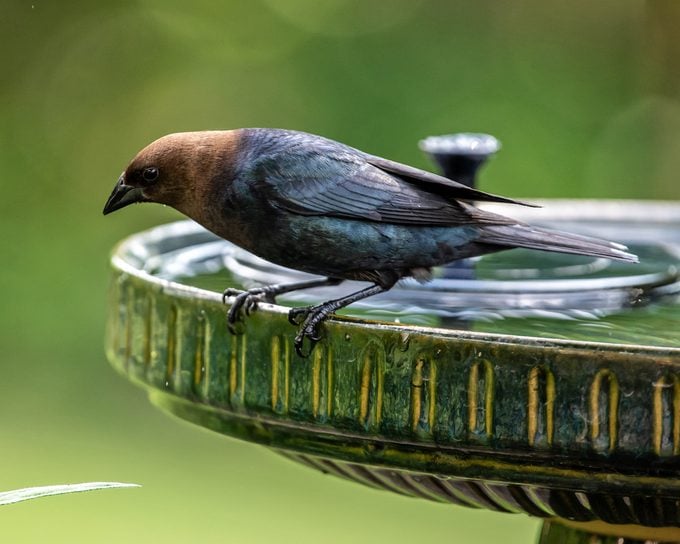
The brown-headed cowbird is the most common brood parasite in North America. Both shiny and bronzed cowbirds, native to the American tropics and extending into some southern states, are also brood parasites.
Female brown-headed cowbirds parasitize more than 200 bird species, including the widespread northern cardinal; grassland birds such as meadowlarks, grasshopper sparrows and dickcissels; and the endangered Kirtland’s warbler. As a native species, cowbirds are protected under federal law, so it’s illegal for humans to remove their eggs from a nest.
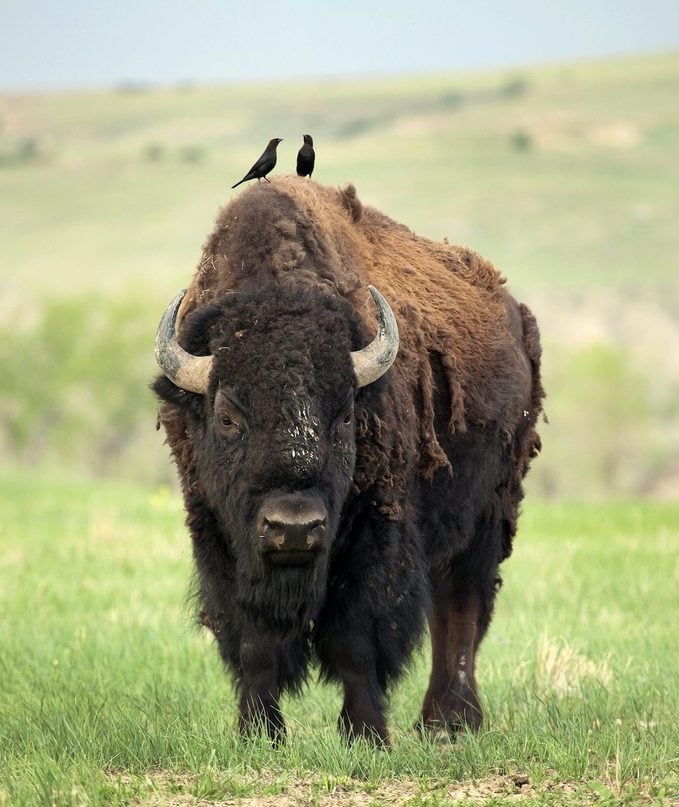
A cowbird looks for a nest containing freshly laid eggs so their own eggs will have enough time to develop, which takes about 11 days. The female cowbird may poke holes in the host’s eggs to judge the stage of development. If it’s fresh, the cowbird may toss it from the nest and replace it with its own egg. If the egg is too developed, the cowbird sometimes destroys the entire clutch in what biologists call farming.
“It forces the host mother to make a new nest that maybe the cowbird can parasitize in her next nesting attempts,” says Sarah K. Winnicki, a PhD candidate in the ecology, evolution and conservation biology program at the University of Illinois Urbana-Champaign.
Learn how to identify a red-winged blackbird and European starling.
Cowbirds Lay Dozens of Eggs Each Breeding Season
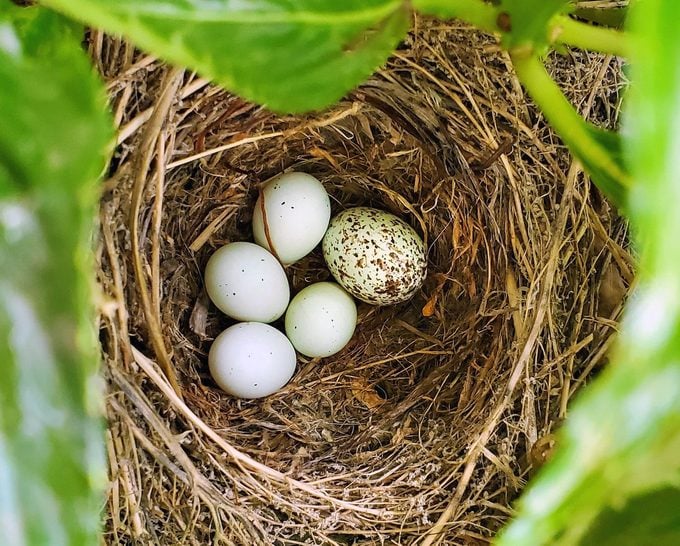
Cowbirds may lay 50 or more eggs in a breeding season. To contrast, a bird such as an American robin lays three to four eggs twice a season. Instead of investing their energy into building nests and feeding young, cowbirds focus on ingesting enough calcium to produce eggs, finding host nests and checking in on their young once they’ve hatched, according to Sarah.
“They’re investing in offspring at a different point in development than other birds,” Sarah says. Because host parents must feed these fast-growing cowbirds that are often larger than their own nestlings, “It’s energetically costly for these parents, keeping them from future reproductive attempts,” Sarah says.
This is how to get rid of blackbirds and grackles at your feeders.
Cowbirds Are Occasionally Outsmarted
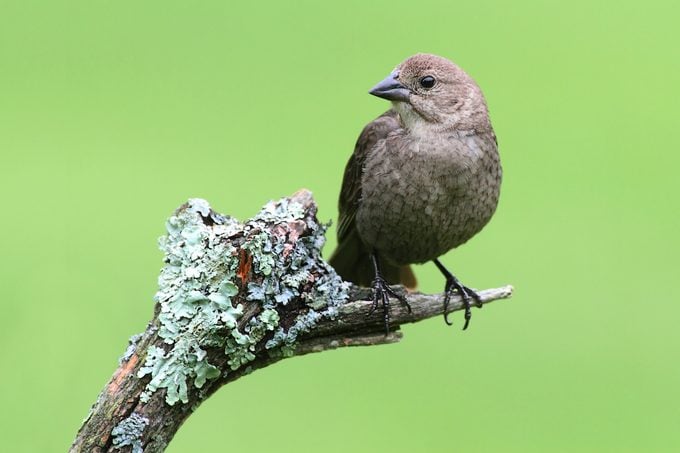
But some host birds have wised up regarding cowbirds. Brown-headed cowbird eggs are white to grayish white with brown or gray spots or streaks. This sets them apart from most host’s eggs, including American robins’ eggs, which are larger and blue-green. Robins almost always eject cowbird eggs from their nests.
And yellow warblers use a seet warning call. “When they hear it, they rush to their nest and sit on it to prevent a cowbird from laying an egg there,” says Sarah, who notes that when a cowbird successfully lays an egg in a yellow warbler nest, the warbler can prevent it from being incubated by building a new nest bottom over the egg.
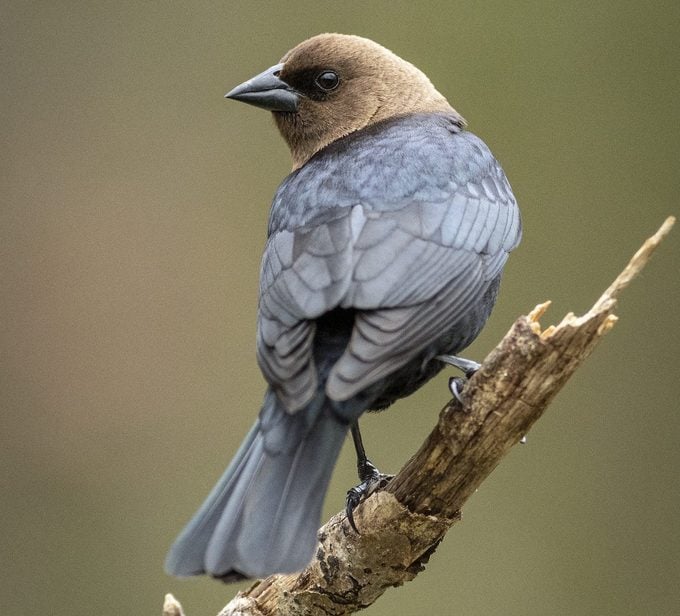
In response, cowbirds will check on nests where they’ve left eggs. If their eggs or hatchlings have been rejected by the foster parent, the cowbird may destroy its nest. “It ensures the host doesn’t pass that behavioral innovation to its offspring,” Sarah says.
Learn how to identify bird eggs by color and size.
Do Baby Cowbirds Reunite With Their Parents?
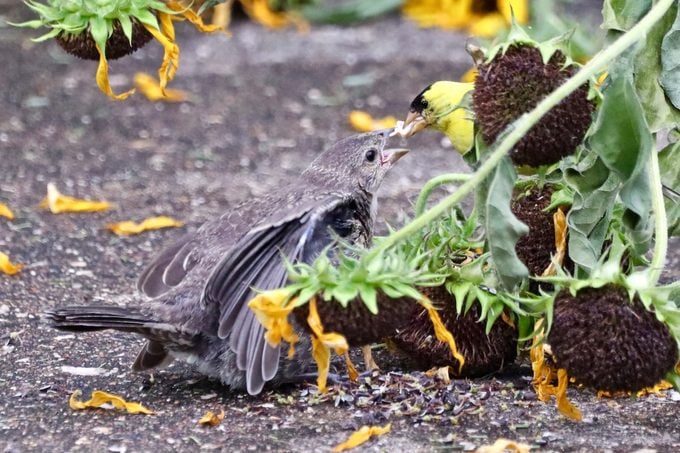
Recent research has found that cowbird nestlings may recognize a female cowbird call. Cowbird young that are at least 12 days old may leave their host nest at night. Sarah says, “They’ll sneak out like teenagers, then come back to the nest to get food in the morning. It could be that they’re meeting other cowbirds in the middle of the night.”
Next, get to know the house sparrow: another disliked backyard bird.
About The Expert
Sarah K. Winnicki is an avian biologist and PhD candidate at the University of Illinois Urbana-Champaign. Sarah’s research focuses on growth rates of songbirds like American robins, and their past research has focused on environmental impacts on growth rates of songbirds in the grasslands.
Sources
- Cornell Lab of Ornithology’s NestWatch, “Brown-Headed Cowbirds”
- Southern Wisconsin Bird Alliance, “Into the Nest: Cowbirds, Everybody’s Favorite Villain”
- The New York Times, “How an Eight-Sided ‘Egg’ Ended Up in a Robin’s Nest”
- National Audubon Society, “How Does a Cowbird Learn to Be a Cowbird?”
Why Trust Us?
For nearly 30 years, Birds & Blooms, a Trusted Media Brand, has been inspiring readers to have a lifelong love of birding, gardening and nature. We are the #1 bird and garden magazine in North America and a trusted online resource for over 15 million outdoor enthusiasts annually. Our library of thousands of informative articles and how-tos has been written by trusted journalists and fact-checked by bird and garden experts for accuracy. In addition to our staff of experienced gardeners and bird-watchers, we hire individuals who have years of education and hands-on experience with birding, bird feeding, gardening, butterflies, bugs and more. Learn more about Birds & Blooms, our field editor program, and our submission guidelines.






















